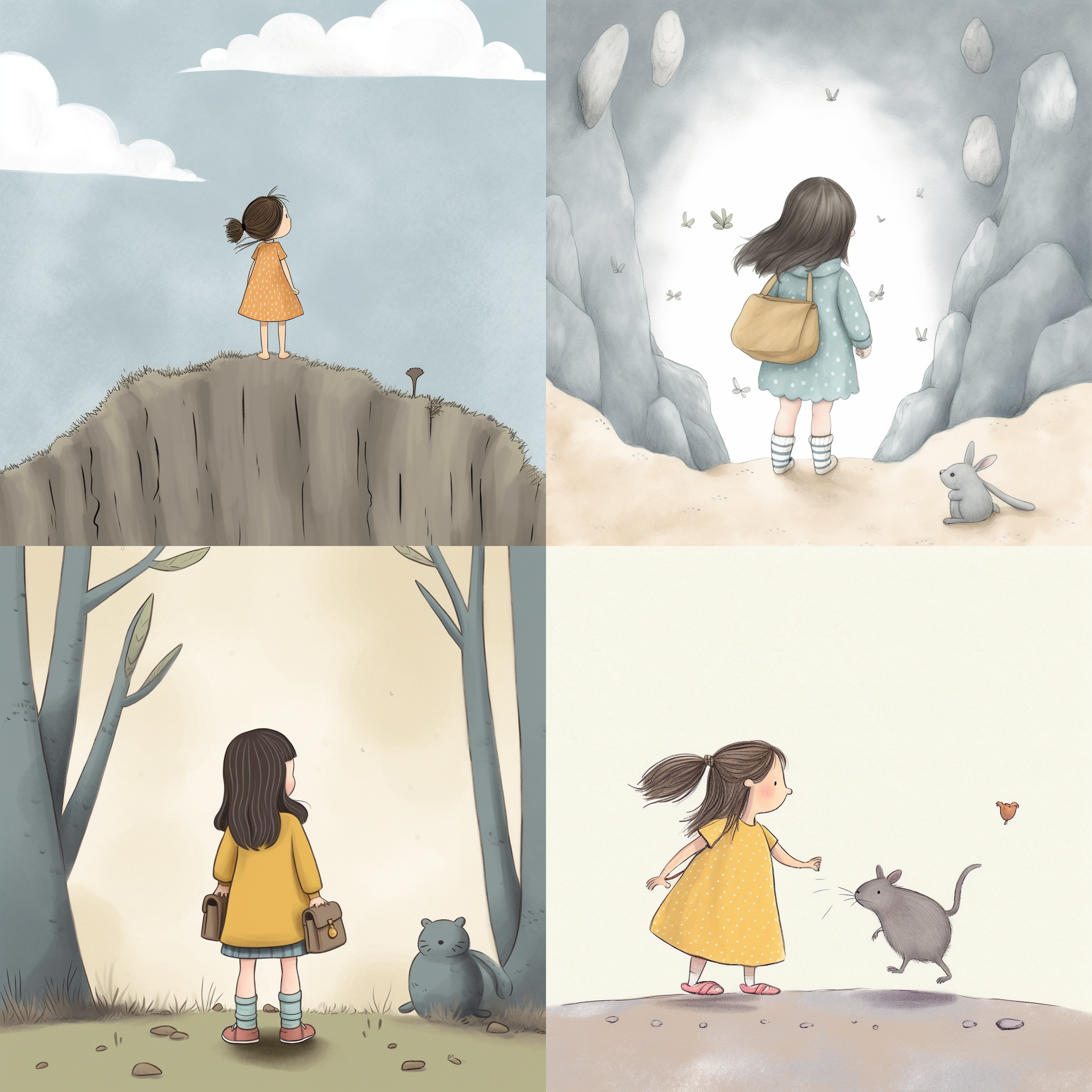Dresses with Pockets
My daughter is fascinated by pockets and loves wearing dresses with them. Those pockets keep her hands warm, hold rocks and flowers and treats, and allow her to walk with her hands tucked, making her feel good.
Writing her a little book about pockets would be fun, and I turned to Generative AI for help.
Now, imagine a little girl that you'd see in a children's book wearing a dress with two pockets. Here's what MidJourney helped me create:
Pretty nice, right?
Except there's only one problem: the dresses do not have pockets (Or, Dall-E drew pants with pockets instead of dresses).
So, what makes imagining a dress with two pockets almost a mission impossible for AI?
For one, the various fabric, textures, designs, lighting, and perspectives make it hard technically for AI to recognize and segment pockets from the rest of the clothing, thus, challenging to re-render. For another, the lack of source data is the likely culprit.
AI models are influenced by the data they are trained on, and if the majority of the training data consists of pocketless dresses, it becomes challenging for the AI to imagine and generate images of dresses with pockets.
Many women's clothing is pocketless despite the push for pocket equity since the 1800s and the most recent inspiration for pockets that can hold a modern-day smartphone. We went out of our way to find brands that offer girls clothing with pockets to combat this broader pattern of gender inequality and the absence of practical and functional features in women's fashion.
AI is not sexist. It is an alien mind that has access to all human knowledge. It instantly extrapolates trends and insights that reflect dominant societal values and conducts due to the frequency of representation in the dataset.
My little book project serves as a reminder that AI is both a mirror and a window into ourselves. It's a mirror because in summarizing the past, AI highlights our blind spots. It's a window, hopefully, into a better and more equitable future. As technologists, designers, and users become conscious of the ethical implications, we will hold AI models and their developers accountable to refine the embedded values in these models and shape future narratives.
So when the world is dazzled by new AI releases everyday, let’s all remember that AI can and should be a catalyst for change.
Image credit: MidJourney, Dall-E






